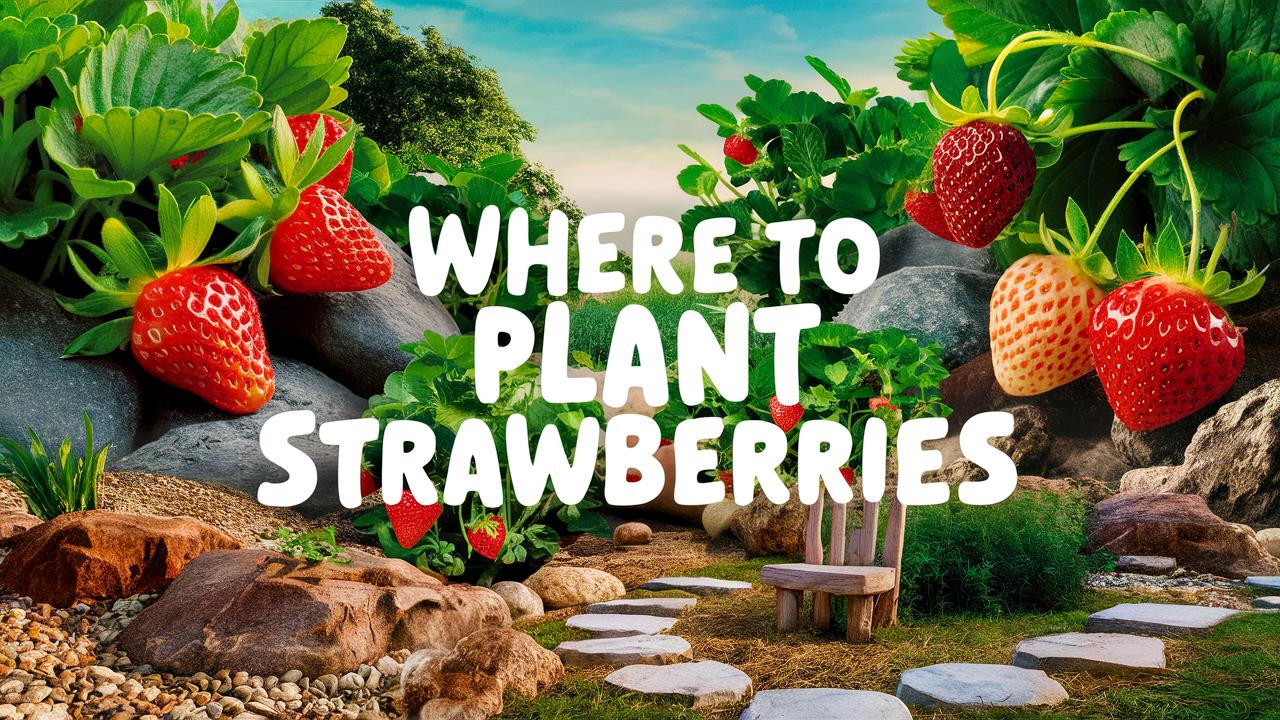In this detailed guide, we will explore the best locations and conditions for strawberry cultivation, tailoring our insights to various garden styles, climates, and plant varieties.
Understanding Strawberry Varieties
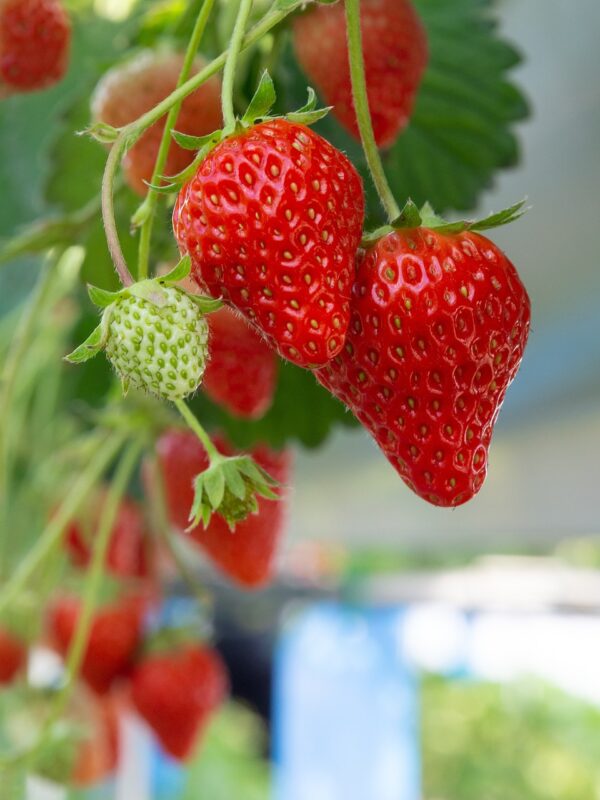
Before diving into the specifics of planting locations, it’s essential to understand that there are several types of strawberries, each requiring different care and conditions. The three main varieties are:
June-Bearing Strawberries: These are the traditional strawberries that produce a large crop in late spring to early summer. They thrive in well-drained soils and require a good amount of sunlight, making them ideal for full sun areas.
Ever-Bearing Strawberries: This variety produces fruit in cycles throughout the growing season. They tend to be a bit smaller than June-bearing strawberries and often benefit from shady spots to extend their fruiting period.
Day-Neutral Strawberries: Similar to ever-bearing types, day-neutral strawberries can produce fruit throughout the season, regardless of day length. They tend to thrive best in moderately sunny locations and require protection from temperature extremes.
Understanding these distinctions helps in planning the best locations for your plants in your garden.
Ideal Conditions for Strawberry Growth
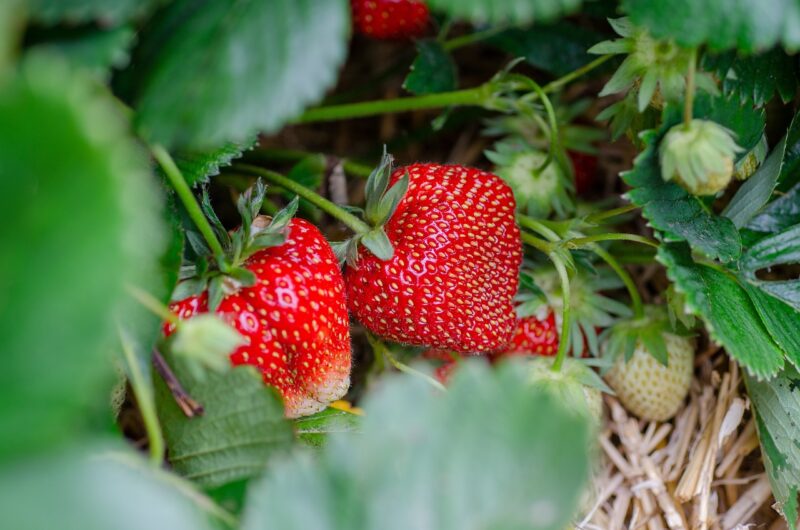
Strawberries thrive in well-draining, sandy loam soils with a pH between 5.5 and 7.0. They do best in areas that receive at least 6 to 8 hours of full sun daily. Here are some critical factors to consider when choosing where to plant your strawberries:
Sunlight
Choosing a sunny spot in your garden is critical. Strawberries need abundant sunlight not only to produce luscious fruits but also to promote healthy foliage. If possible, find a location that receives morning sun, as this helps to dry the dew on leaves quickly, reducing the risk of fungal diseases.
Drainage
Good soil drainage is equally important. Strawberries are sensitive to standing water, which can lead to root rot and other problems. Consider raised beds or plant in rows with adequate spacing to ensure good air circulation and drainage.
Soil Quality
Conduct a soil test to assess its fertility and pH. If your soil lacks essential nutrients or has an incorrect pH, amend it with compost, well-rotted manure, or garden lime as necessary. Healthy soil supports robust strawberry plants, leading to better yields.
Temperature
Strawberries are cool-weather fruits, thriving in temperatures between 60-80°F (15-27°C). When selecting a planting site, consider the local climate. In hotter regions, a spot that receives afternoon shade can help moderate heat levels, while in cooler climates, a south-facing slope can help absorb and retain heat for the plants.
Selecting the Right Planting Site
Traditional Garden Beds
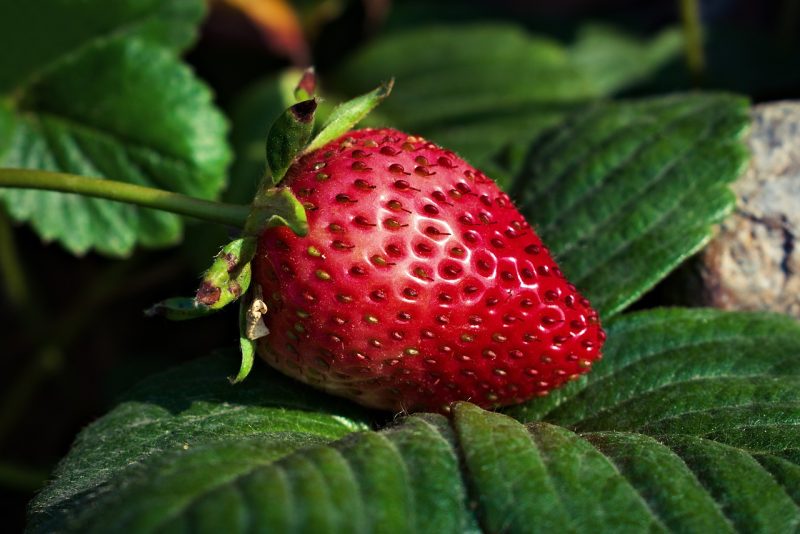
If you have a traditional vegetable or flower garden, there’s no need to overthink the location for strawberries. Choose a section that gets plenty of sunlight, and make sure the soil is amended to provide adequate nutrients.
Separation from Other Plants: It’s beneficial to plant strawberries away from other crops; this reduces the chances of pests and diseases transferring between plants.
Permanent vs. Rotational Planting: While strawberries are perennial, they may need to be rotated every few years to prevent soil-borne disease buildup. Hence, plant them in a spot you can easily rotate to in the future.
Raised Garden Beds
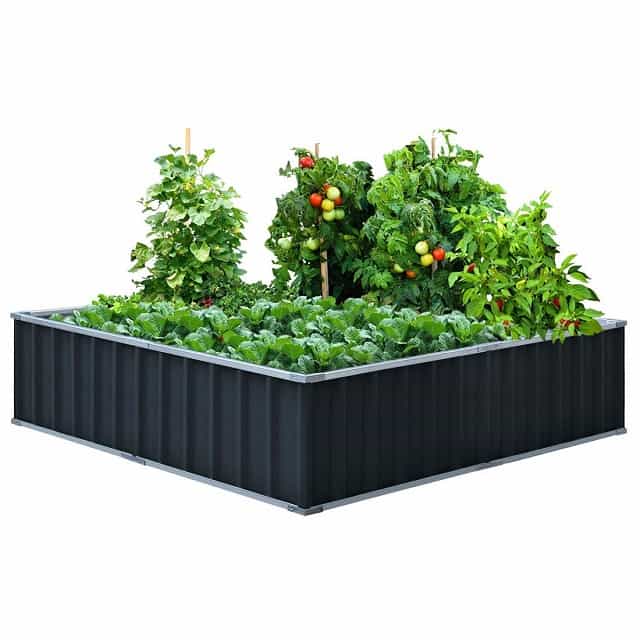
Raised beds are an excellent option for growing strawberries, especially if your garden soil drains poorly. By elevating the plants, you improve drainage and can control the soil quality more effectively.
Height Consideration: Make sure the raised bed is at least 12 inches deep to accommodate strawberry roots. Also, consider the height of the bed if you have mobility issues; higher beds can reduce the need for bending.
Accessibility: Position the raised bed in a place where you can easily access it for maintenance and harvesting. A height-adjustable or tiered design can also be user-friendly.
Containers and Hanging Baskets
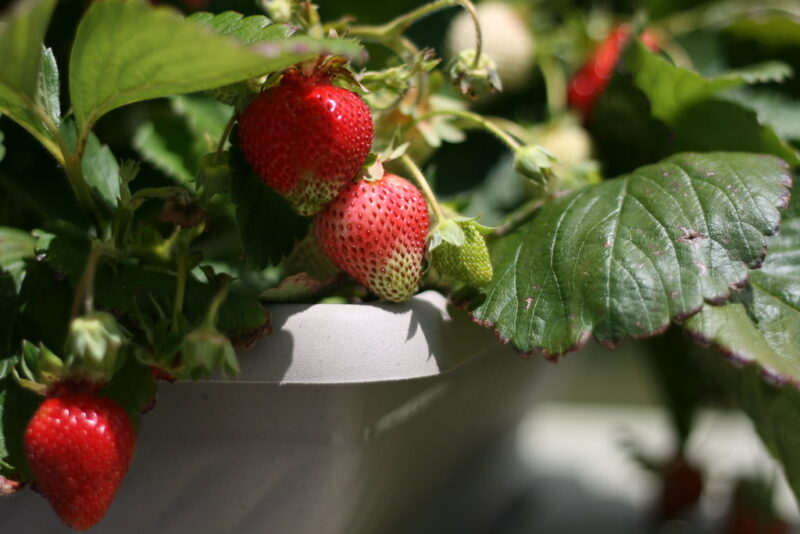
For those with limited space or poor soil quality, growing strawberries in containers or hanging baskets can be a delightful alternative.
Container Selection: Choose pots that are at least 12 inches in diameter and have drainage holes. Strawberries have shallow root systems, but they do like space for airflow.
Hanging Baskets: Opt for ever-bearing varieties if you decide to hang your strawberries, as they will produce fruit continuously, and they also look stunning as décor. Make sure to water them more frequently, as they tend to dry out faster.
Companion Planting for Strawberries
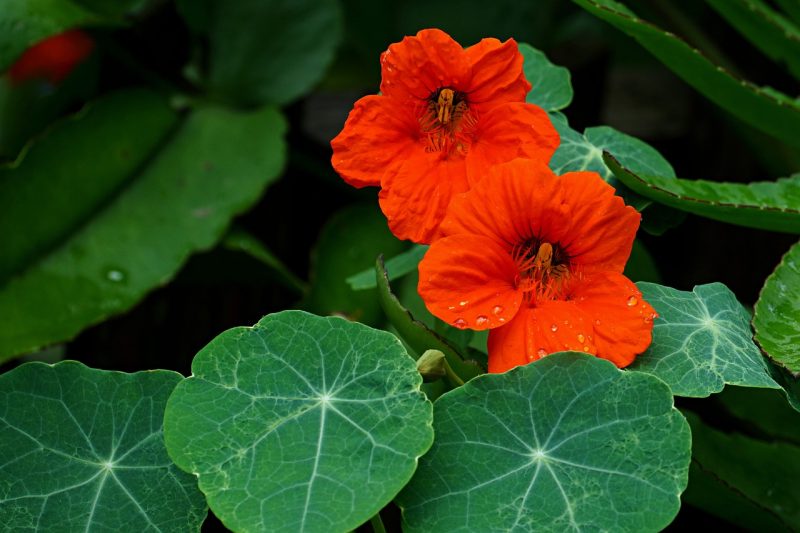
Considering companion planting can significantly impact the success of your strawberry patch. Certain plants can enhance strawberry growth, while others may hinder it.
Beneficial Companion Plants
Borage: This herb attracts pollinators and can improve the growth of strawberries when planted nearby.
Garlic and Onions: These members of the allium family can deter aphids and spider mites, common strawberry pests.
Nasturtiums: Known to attract aphids away from strawberries, nasturtiums serve as bait and can prevent damage to your strawberry plants.
Plants to Avoid
Cabbage Family: Plants like broccoli and kale can compete for nutrients and space with strawberries, so it’s best to keep them apart.
Potatoes: Struggling for the same nutrients with strawberries can lead to increased risk of disease.
Creating a Community Garden
If you’re feeling ambitious, consider creating a community plot where strawberries grow alongside compatible companions. The combined plant health can contribute to a stunning vegetable and flower display while benefiting all plants involved.
Climate Considerations for Strawberries
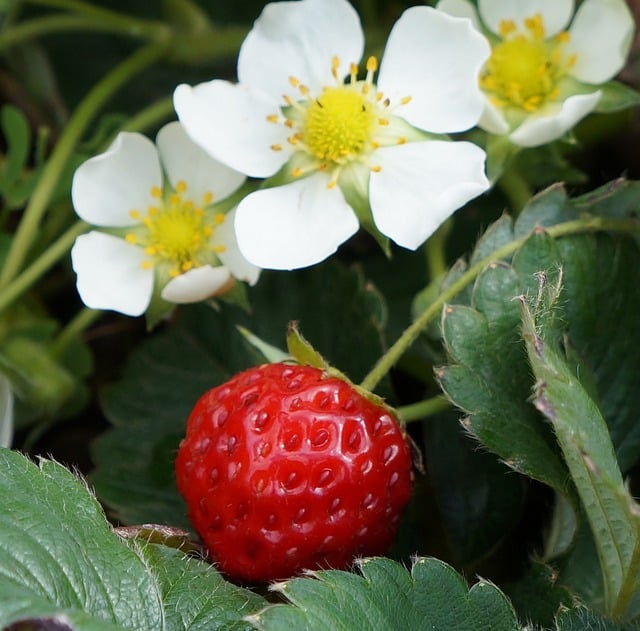
Your local climate greatly influences where you should plant strawberries. Here are some tailored suggestions based on different climate scenarios:
Temperate Climates
For gardeners in temperate climates, a sunny spot with good drainage is crucial. Planting strawberries in early spring allows the plants to establish before the hottest summer months.
Mulching: In warmer months, apply organic mulch to retain moisture and regulate soil temperature.
Hot and Arid Climates
If you live in a hot climate with long summers, it’s best to plant your strawberries in a location where they can receive morning sun while being shielded from the intense midday rays.
Partial Shade: Consider planting your strawberries under taller plants or using shade cloth to protect them from extreme heat during peak summer days.
Cool and Wet Climates
In cooler, more humid regions, proper spacing and airflow are key to preventing mold and rot. Raise beds can help mitigate soil moisture issues.
Timing: Plant strawberries as soon as the ground is workable in the spring and consider starting them indoors if your growing season is short.
Caring for Your Strawberry Plants Post-Planting
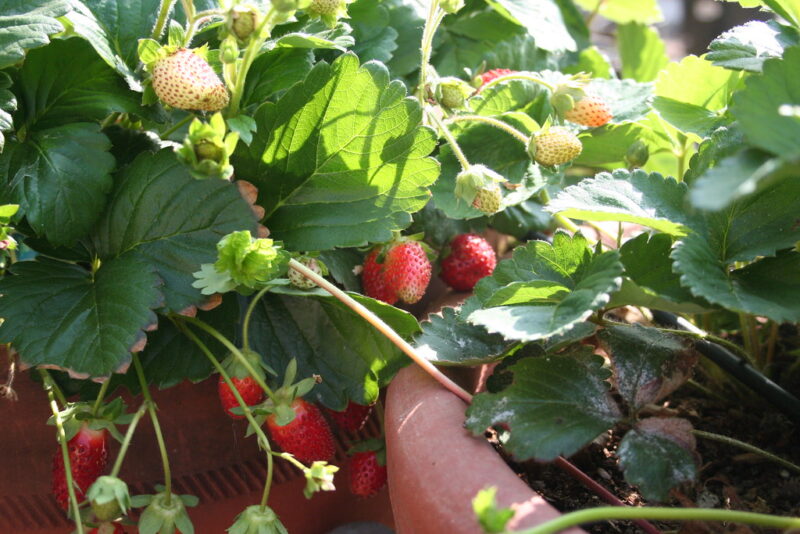
Once you’ve selected the perfect location and planted your strawberries, ongoing care is crucial for a bountiful harvest. Here are some essential care tips:
Watering Practices
Strawberries thrive on consistent moisture. Water your plants regularly, ensuring the soil is moist but not waterlogged. A drip irrigation system can be a great investment to provide steady moisture without inundating the roots.
Fertilization Schedule
An annual application of balanced fertilizer in early spring will help kickstart growth. Organic options such as fish emulsion or well-rotted compost can be beneficial. Avoid over-fertilizing, as this can lead to excessive foliage at the expense of fruit production.
Pest and Disease Management
Keep an eye on your strawberry patch for pests like aphids and slugs, as well as fungal diseases such as powdery mildew. Remove any affected plants immediately and maintain good airflow to prevent outbreaks.
Pruning and Spacing
Regularly prune your strawberry plants to encourage better air circulation and fruit quality. Spacing plants appropriately allows for growth while reducing the risk of diseases spreading.
Harvesting Your Strawberries
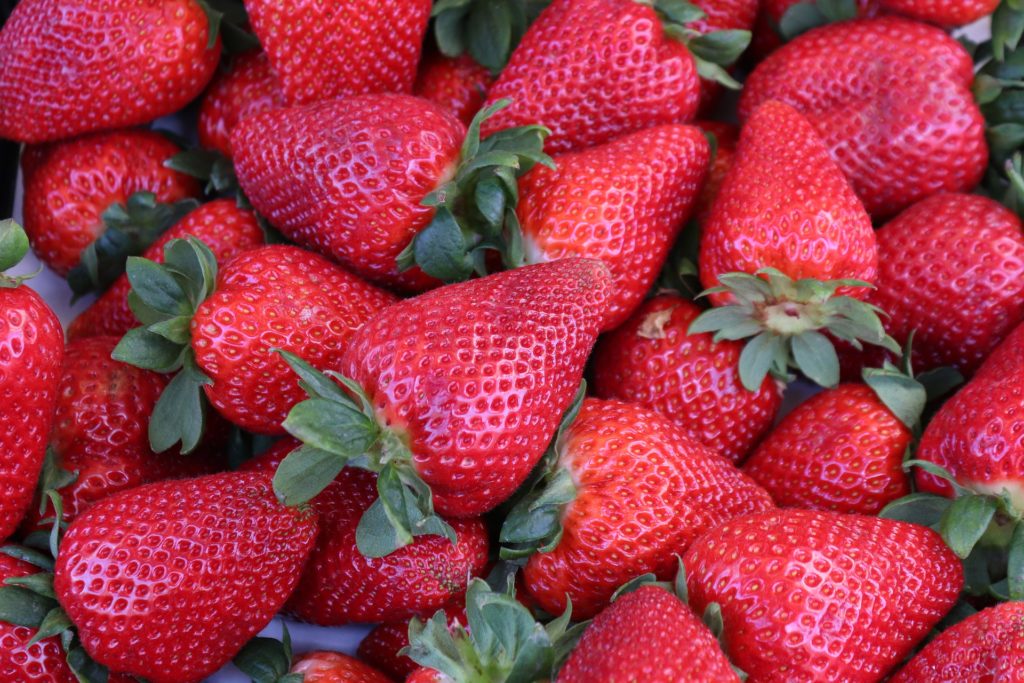
Harvesting your strawberries at the right time and in the right way will enhance your gardening experience. Look for fully red and ripe fruit, and avoid bruising the plants during collection.
Continuous Picking: Regularly harvest ripe strawberries to encourage further fruiting by the plant.
Storage Tips: Store your freshly picked strawberries in the refrigerator to keep them fresh. Avoid washing them until right before consumption to preserve their quality.


